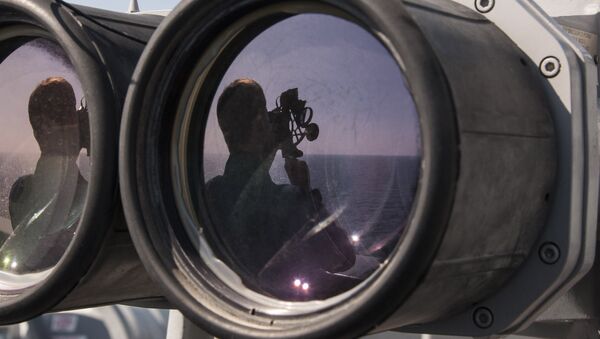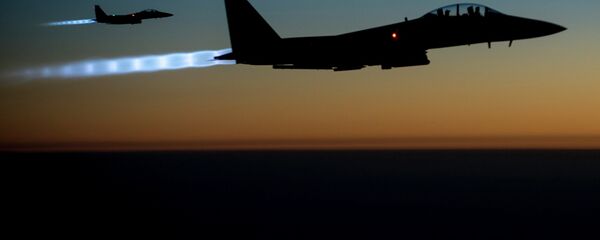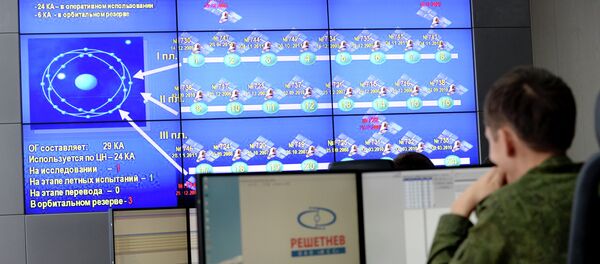With the exception of senior officers, US sailors today are clueless as to how to use a sextant to locate and navigate at sea. The US Navy Academy stopped general instruction in celestial navigation back in 1998, and ended all training in the science in 2006.
The advent of satellite GPS navigation, debuted in the mid-1990s, is the culprit. Today, thirty one satellites managed by the US Air Force circle the Earth, providing geographic coordinates to the US military and its allies around the globe.
But now, the Navy’s suddenly realized it doesn’t have a plan B for maritime navigation in case computers and satellites get hacked.
“We went away from celestial navigation because computers are great,” Lt. Cmdr. Ryan Rogers, the deputy chairman of the Naval Academy Department of Seamanship and Navigation, was quoted as saying by the Capital newspaper, which first reported the issue. “The problem is,” he added, “there's no backup.”
“Like all radio-based services, GPS is subject to interference from both natural and human-made sources,” the US government’s official information on GPS reads.
“A GPS unit can lose reception in the presence of devices designed for intentional radio jamming. Solar flares can also disrupt GPS equipment. For this reason, the U.S. government strongly encourages all GPS users to maintain backup/alternative positioning, navigation, and timing capabilities.”
The Naval Academy is again teaching celestial nav.Do you think it’s still a necessary skill?http://t.co/cvfcNjfipR pic.twitter.com/WQBaaEFsLa
— SAILING Magazine (@SAILINGMAGAZINE) October 14, 2015
In the US Navy’s newest curriculum manual, celestial navigation is once again listed among course subjects. Junior midshipmen who attended summer school this year were the first Navy cadets who held sextants in their hands since 1998. The Class of 2015 is due to graduate with knowledge of celestial navigation, which is planned to be included in an advanced navigation course, the Capital reported.
“This is the first semester we added it in, so we're just baby-stepping it,” Lt. Christine Hirsch, who teaches navigation at the academy, told the Capital. “We just added the theory, but we really do have the capabilities to expand.”
Seeing stars, again! @USNavy Academy reinstates celestial navigation http://t.co/gIYLYPlGKx #maritime #navigation pic.twitter.com/sW5mT6QyJX
— Sarah Ward (@SarahWardAU) October 14, 2015





